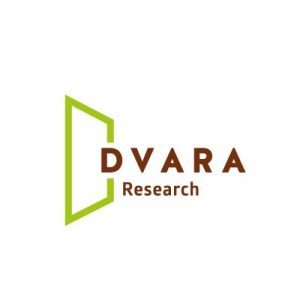Anil SG, CEO of IFMR Rural Finance, with an image of gold in its liquid form being molded into a solid state, as the initial slide, set the tempo for the topic being talked about at a recent Spark session – both visually and insightfully.
In the session titled “KGFS: The gold standard of origination”, Anil, talked about how KGFS, with its three operational areas in Pudhuaaru, Dhanei and Sahastradhara, is well on its way to becoming the gold standard of origination and the underlying layers that make it so.
Beginning his talk with the characteristics of a gold standard originator, he outlined that the transaction imperatives of such an originator should be continuity and flexibility, while their long-term imperatives should be reliability and convenience.
Getting Local
Financial services, for all its importance, can only be meaningful so long as they are relevant to the customer. In the Indian context, the challenge of staying relevant amplifies every few kilometers, thanks to the vast diversity and size of the terrain. Hence financial service providers have to get local and understand their customer intimately – customization, therefore is the key, stressed Anil. In line with this, he made a case for a branch-based model to address the primary manifestation of financial exclusion, which is lack of access. A brick and mortar structure located at a walking distance from the customer household would ensure access continuously and reliably and also provide flexibility to access such services at a time that is convenient to them.
Products
In the context of the rural household, most people equate financial services to credit, though important, there is an equal need for insurance, savings, investment facilities and payment systems as well. From the customers’ perspective, lack of access to these services forces creation of informal instruments/modes, which are sub-optimal and hence highly risky.
From the provider’s perspective, a full suite of product offering to the customer means that the provider is relevant to all households in the service area. Also with a deep understanding of the customer, the service provider has the job of finding the product for the customer rather than finding customers that ‘fit’ a product. Multiple products riding on the same channel create ‘economies of scope’ providing viability to the channel itself. Importantly, Anil emphasized, that focus should be on cash flows of the household and how these could be smoothened with various financial tools.
Wealth Management
Customization is only possible by understanding the needs of the household that vary from one to another, hence the role and importance of wealth management approach cannot be over emphasized. Wealth managers can play a role similar to doctors wherein a deep analysis of the household is done prior to “Prescribing” a suite of products that are relevant to that particular household. To achieve this, the entire organization should be built to focus on the conversation between the customer and the wealth manager and a strong business analytics engine that enables these Wealth Managers to have “Assisted conversations” with the household.
Crucial ingredient in the wealth management process is the requirement of a robust analysis engine that gives timely inputs. Also for transactions to be relevant they should be delivered to the customer with speed, accuracy and transparency. Technology solutions, whether in the form of seamless connectivity, CMS, Biometric, Mobile etc are key to connecting the dots that make the whole picture work.
Anil summed up his talk by outlining that a customer centric approach, multiple products offering which provide economies of scope, low transaction costs and cutting edge technology are key to ensuring sustainability of operations for a high quality originator.


